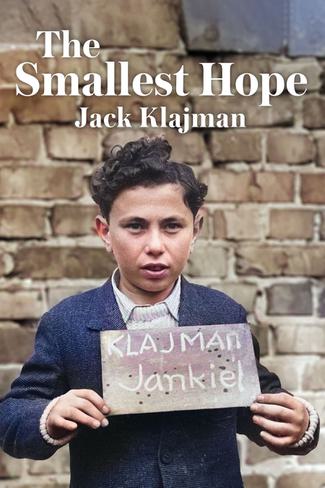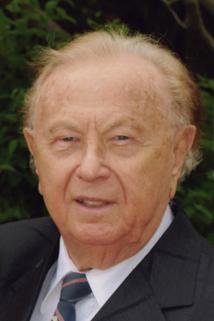The Smallest Hope (Traduction française à venir)
The holes in the walls erected around the Warsaw ghetto in 1940 are only large enough for small children to squeeze through, so it’s up to the bravest young inhabitants to smuggle food back to their starving loved ones. Nazi guards patrol the ghetto walls, and the punishment for being caught is death. Jankiel (Jack) Klajman is only nine years old but knows what he needs to do to give his family a chance to survive. It is only through luck that Jack manages to hide from successive waves of deportations to the Treblinka death camp. When the Jews in the ghetto decide to rise up against the Nazis in spring of 1943, Jack turns his smuggling efforts to the aid of the resistance and narrowly escapes the ghetto during the terrible fighting. Along with other Jewish boys passing as gentile, he makes a living selling cigarettes in the heart of the city to the Nazi soldiers. Jack represents the Smallest Hope of a once-great Jewish community. Although he suffers great losses during the war, when Jack leaves behind the fire-scarred ruins of Warsaw he finds a way to flourish, making his way to Canada and building a life full of music, family and hope for a better future.
Introduction by Avinoam J. Patt
- En bref
- Warsaw, Poland
- Warsaw ghetto
- Hiding and passing/false identity
- Witnessed the Warsaw Ghetto Uprising
- War Orphans Project
- Arrived in Canada in 1948
- Livre numérique accessible
244 pages
- Tranche d’âge recommandée
- 16+ More Information
*Si vous êtes enseignant au Canada, vous pouvez commander gratuitement les ressources ici.




